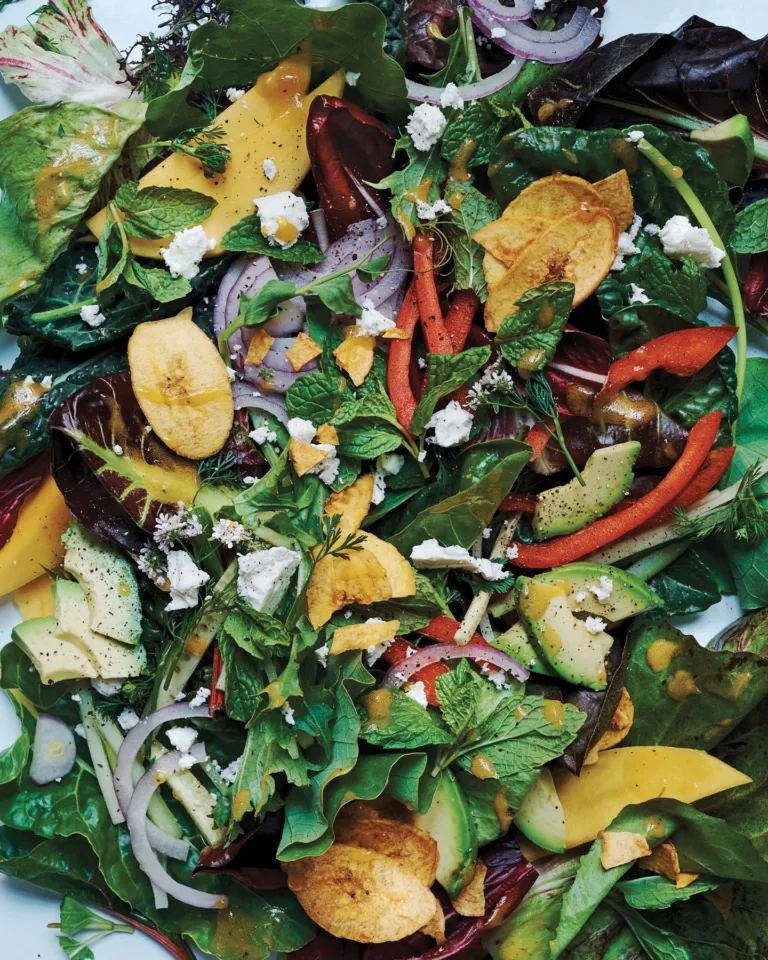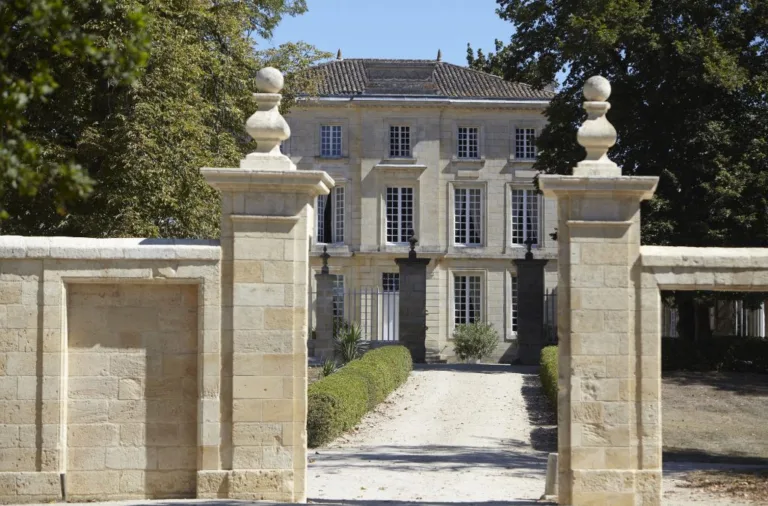Much like the passionate and devoted fans of Italy’s football clubs, regional allegiances abound when it comes to the Spritz — though there’s no denying the universal appeal of the Aperol Spritz, which first took over the Veneto region, then Italy, and now the world.
Thanks to the popularity of that bright and bubbly, orange-hued drink, the Spritz has become ingrained and reimagined in American drinking culture. Around this time every year — after spring takes a hard pass on easing into summer, the temperature rises, and outdoor tables are in demand — the echoing call of yet another “Summer of the Spritz” ensues.
In “The Oxford Companion to Spirits and Cocktails,” Leonardo Leuci, owner of the Jerry Thomas Speakeasy in Rome, traces the roots of the Spritz to the 1840s. At that time, northeastern Italy was occupied by Austro-Hungarian soldiers, diplomats, and officials who took to adding a splash (the German word for Spritz) of sparkling water to the region’s stronger wines to make them sessionable. These simple “Spritzers” of white wine and seltzer served as a nostalgic reminder of the beer they were more accustomed to back home.
As the Spritz evolved, the ingredients became regionally driven, incorporating locally produced bitters and vermouths. Even today, the Spritz remains ripe for customization and reinvention as bartenders continue to take inspiration from the drink’s easy-to-replicate 3:2:1 template (3 parts sparkling wine, 2 parts bitter aperitivo, 1 part soda water), adding additional liqueurs and even flavored seltzers and Italian sodas.
While





